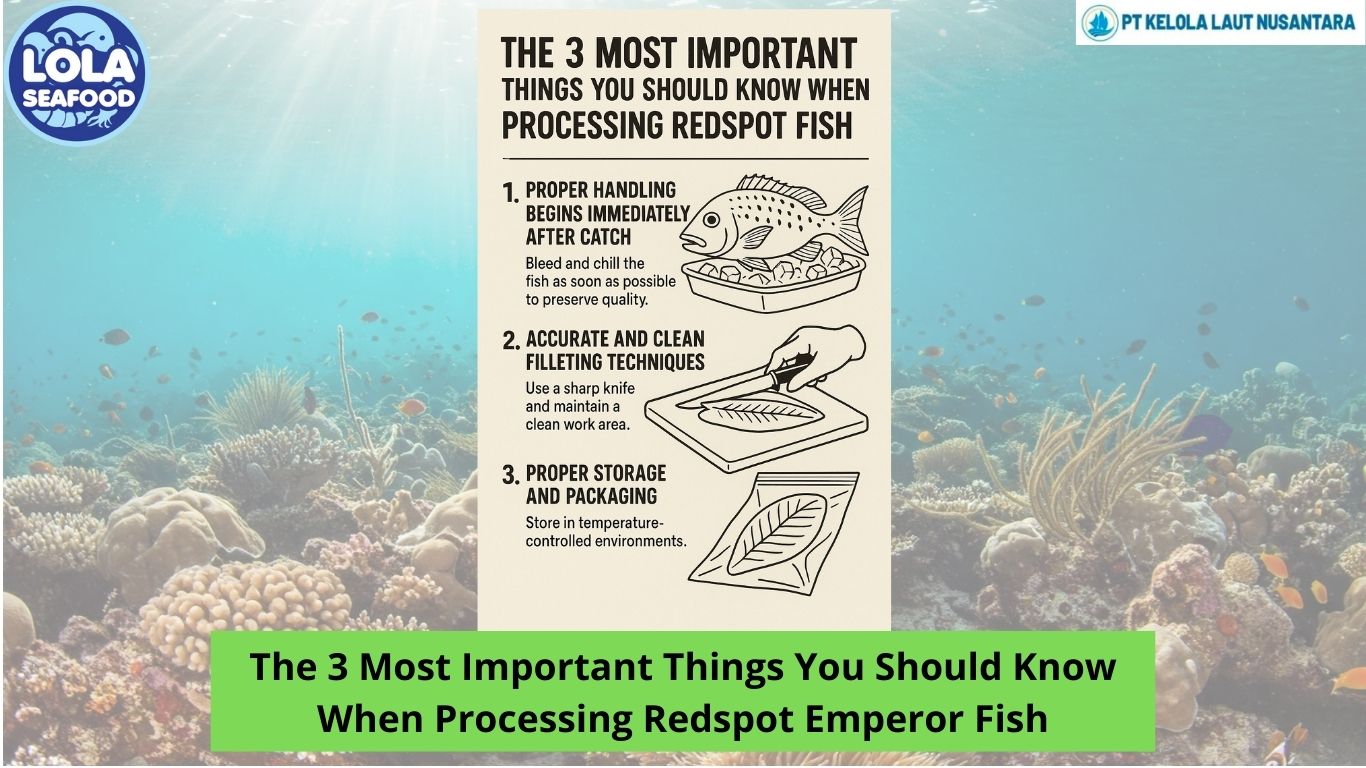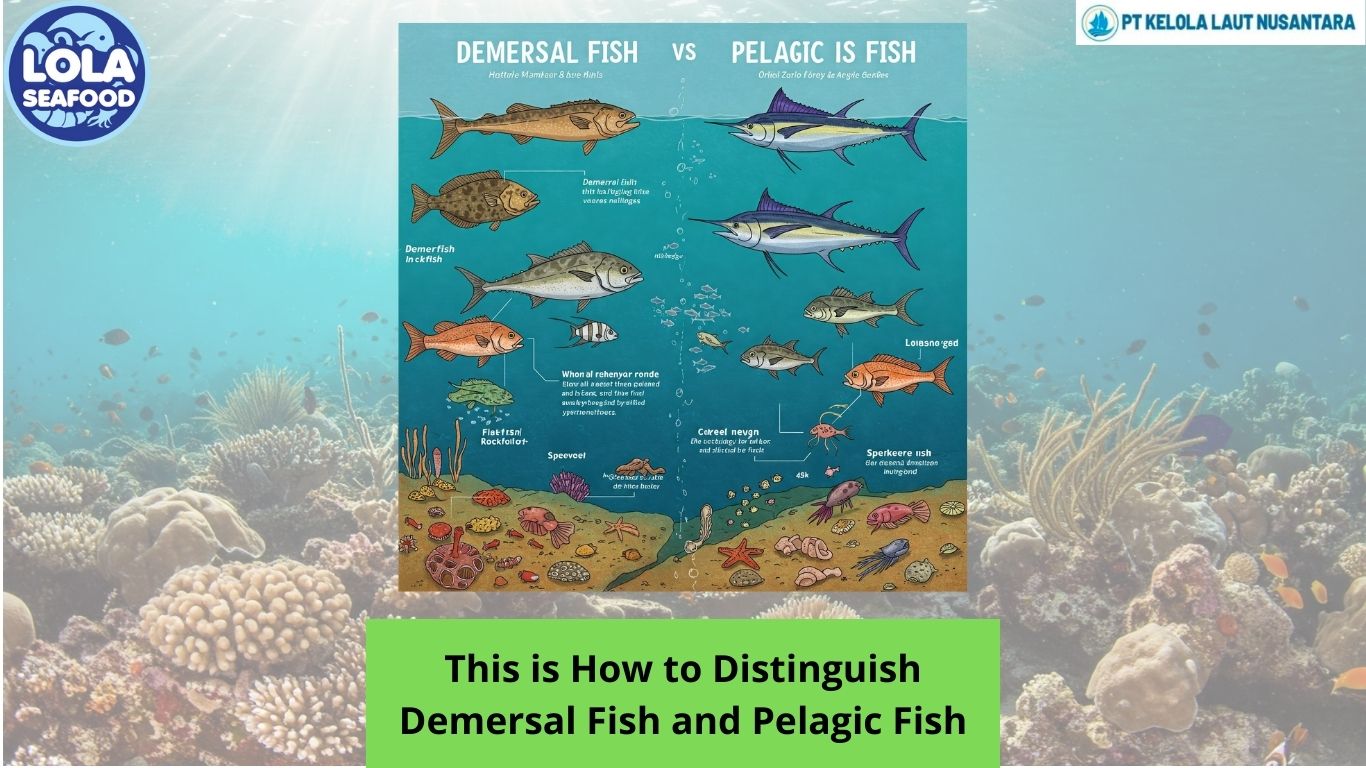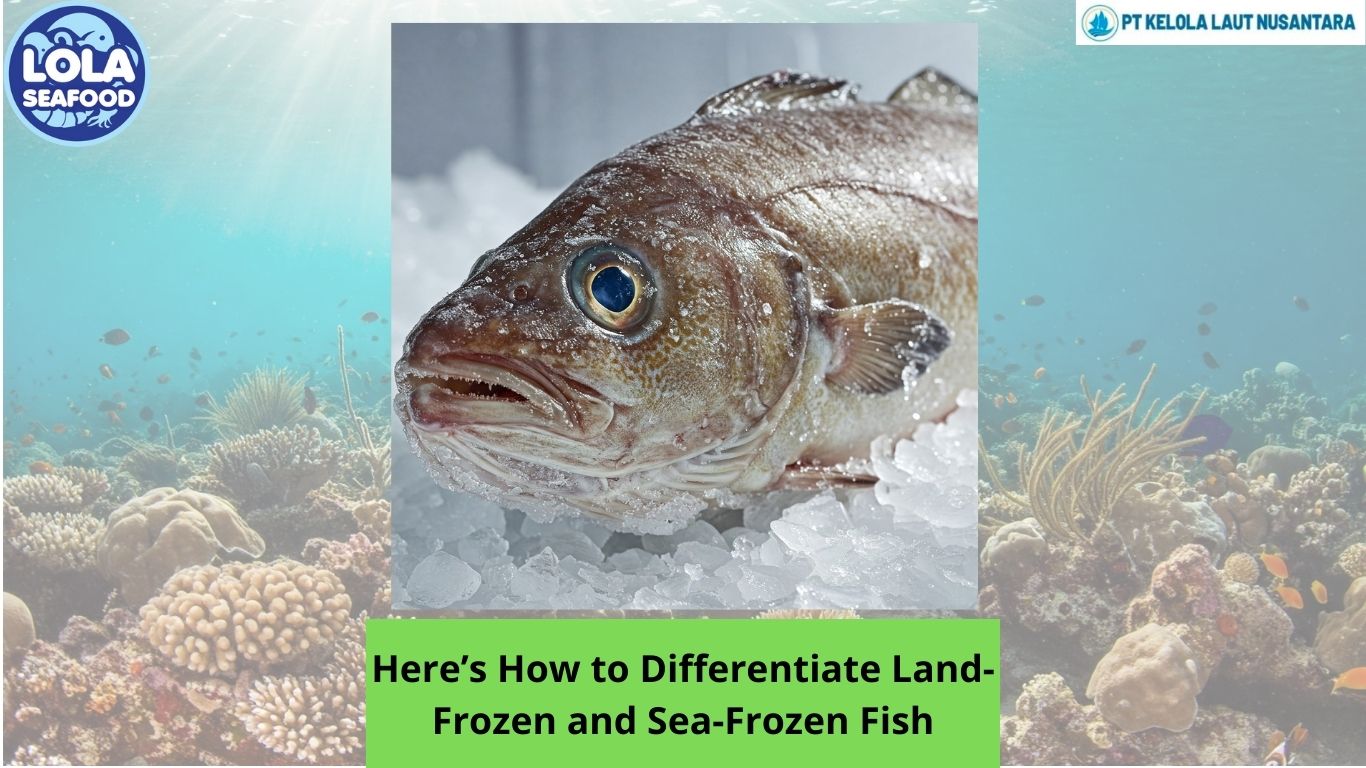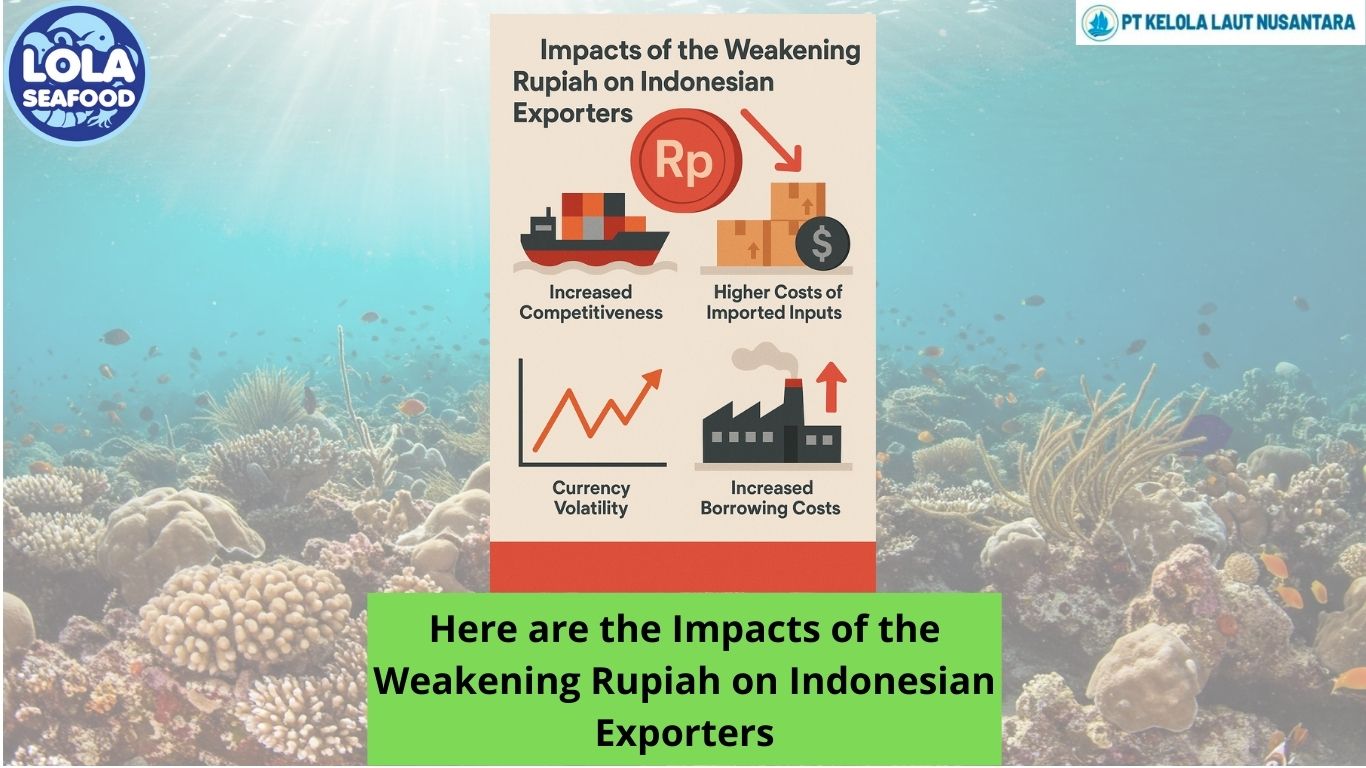Fish Skin? These are its Benefits and Risks
By. Najih - 10 Oct 2024
Generally, fish skin is rich in vitamins A, D and E. In particular, vitamin A helps maintain vision and skin health. Vitamin D helps absorb calcium and contributes to bone health. Vitamin E also has antioxidant properties and prevents cell aging.
Benefit :
- Fish skin is an excellent source of dietary protein, histones and transferrin, are involved in boosting immune strength. These proteins can be found in the mucus on fish skin.
- Fish skin also contains important minerals such as mineral salts, phosphorus, calcium, and iodine.
- Fish skin is rich in nutrients such as protein, omega-3 fatty acids, and vitamin E, which can help with muscle growth, heart health, and skin health.
- The primary function of fish skin is to act as a barrier. It provides protection against physical damage and assists with the maintenance of homoeostasis by minimising exchange between the animal and the environment.
- Unknown to many, fish skin also is rich in collagen. You may already be adding a spoon of collagen into your morning smoothie, but don’t forget collagen is also found in whole food sources including fish.
- It provides physical protection, contains many sensory receptors, and even plays an important role in a fish’s osmotic balance. Fish skin also contains mucous glands and functions in the respiratory system. The part about fish skin that most people are familiar with is the scales.
Risks :
Fish may be exposed to chemical pollutants in the water, and the food they eat. They may take up some of the pollutants into their bodies. The pollutants are found in the skin, fat, internal organs, and sometimes muscle tissue of the fish. Hence people are advised to remove the skin while eating fish.
Mercury and polychlorinated biphenyls, These toxins can build up in the body over time, causing health hazards. Mercury is especially dangerous to growing children whose bodies and brains are still developing. Because of this, it is important to be aware of where your fish is coming from. Stay away from wild-caught fish from more polluted areas or farms that use chemicals and antibiotics.
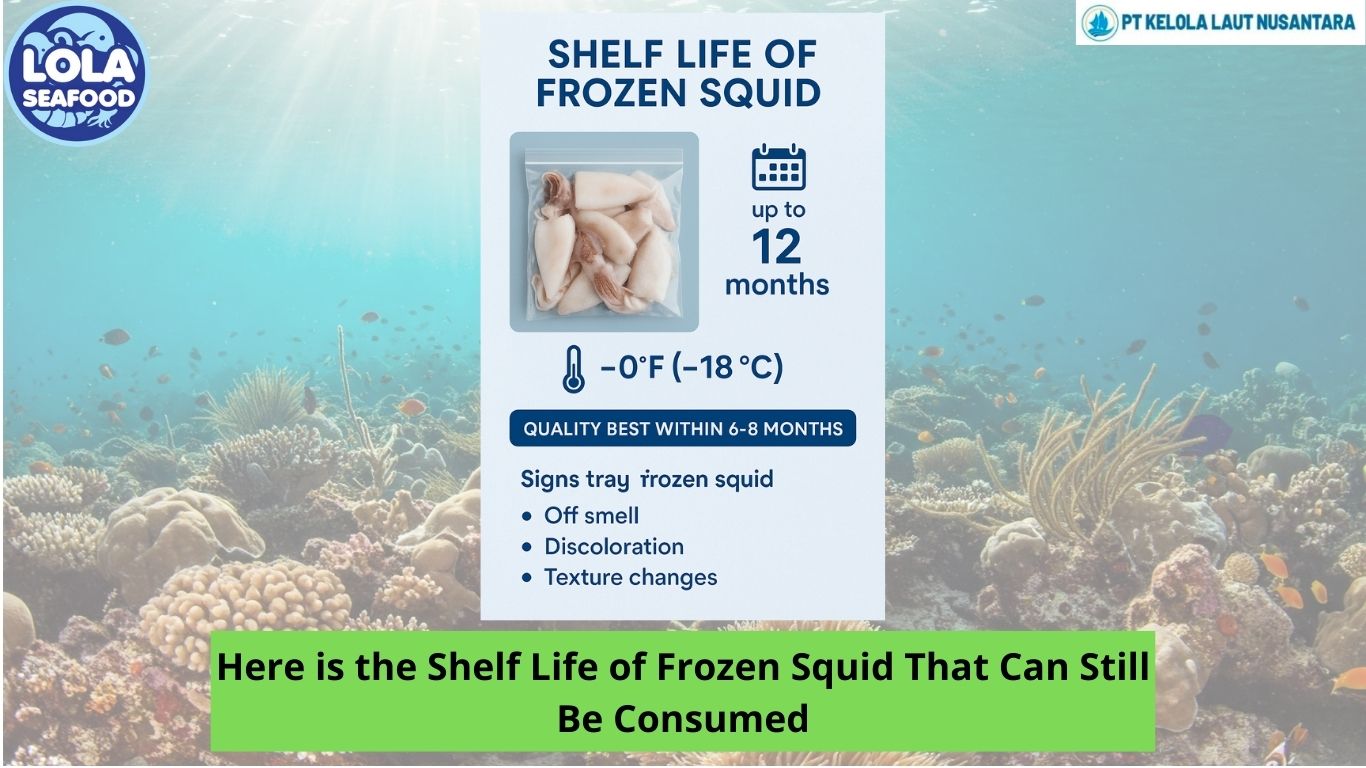
.jpg)
.jpg)
.jpg)
